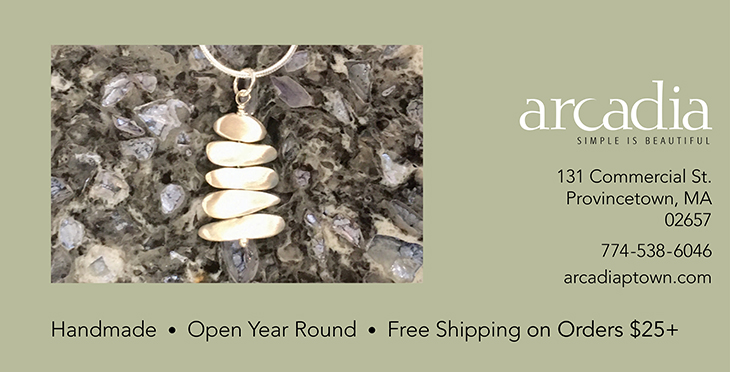In the same week that we were gathering the work of local artists for this special Art & Photography issue to kick off 2021, an article in the New York Times took a decidedly noncelebratory tack: “A ‘Great Cultural Depression’ Looms for Legions of Unemployed Performers.”
It paints an accurate picture of the current reality for artists and performers. According to the article, during the quarter ending in September, with overall unemployment at 8.5 percent, 52 percent of actors, 55 percent of dancers, and 27 percent of musicians were out of work.
“It’s just decimating the field,” violinist Jennifer Koh is quoted as saying. “It concerns me when I look at the future.”
Articles like this are important, because people don’t always understand the financial aspects of making art.
I’ve had the experience, far too many times, of being asked to play at a wedding, but when I ask about payment, I’m met with a blank look. They thought I’d do it for free. After all, isn’t playing the cello something I do for enjoyment?
The Times article, on Saturday’s front page, is similar to other reports that have come out this year. Despite agreeing with them in theory, I always have the same negative, almost knee-jerk, reaction. Why?
One reason: I worry that articles like this create a feeling of despair in the artistic community. Though these reports might spur some to action — such as government officials or potential donors — I fear they will create inaction among artists. The words “cultural depression” are enough to depress anyone.
A second reason is that I resent the suggestion that the arts, as a whole, could ever go away. This may appear to contradict my previous point, and perhaps it does. But over the past nine months, we have seen that, even under the most extreme limitations, art and music making continue. And not just any art — good art. The kind that a newspaper critic prays for.
The truth is, people will keep making art, no matter what happens, just as people will keep making food. It is sustenance.
Here’s the paradox: The arts shouldn’t be taken for granted, but also, by their very nature, they can never disappear. Sculptors are going to keep sculpting, painters are going to keep painting, and cellists are going to keep playing.
This balancing act is something we’ve encountered at the Independent. We’ve tried to find stories that show how artists are struggling, but we’ve also shown what they are creating. I believe the latter is the best way to raise awareness of the arts and of why they are important.
If the arts survive, when the arts survive, I hope that the answer to the question “Why are the arts important?” will finally be obvious: because they are what saved us.



